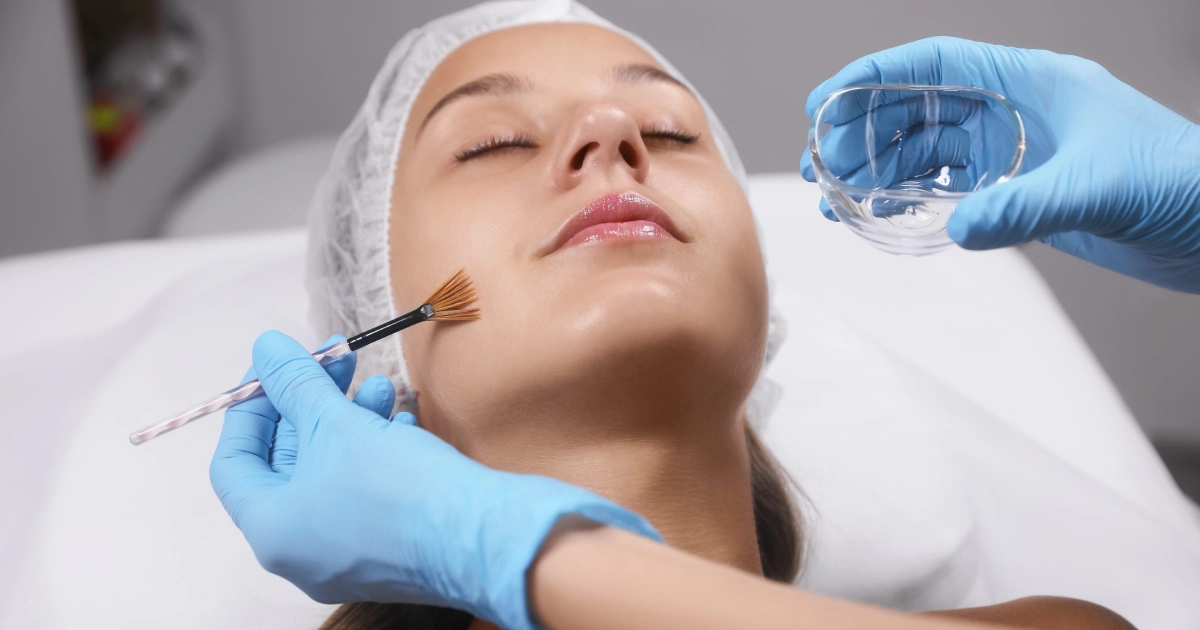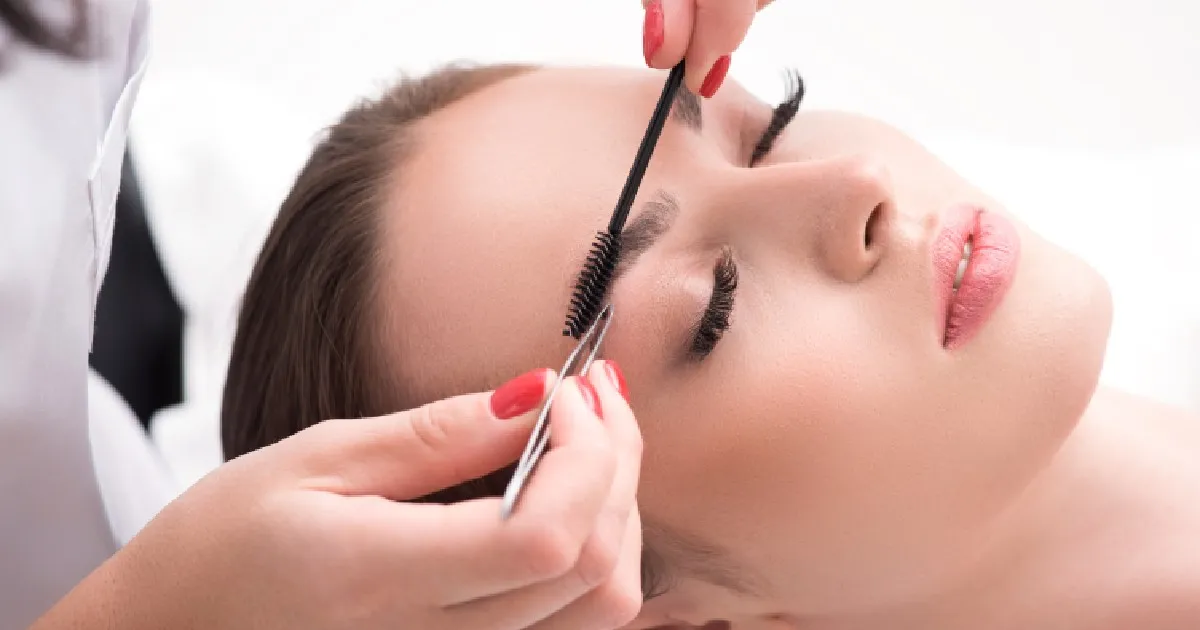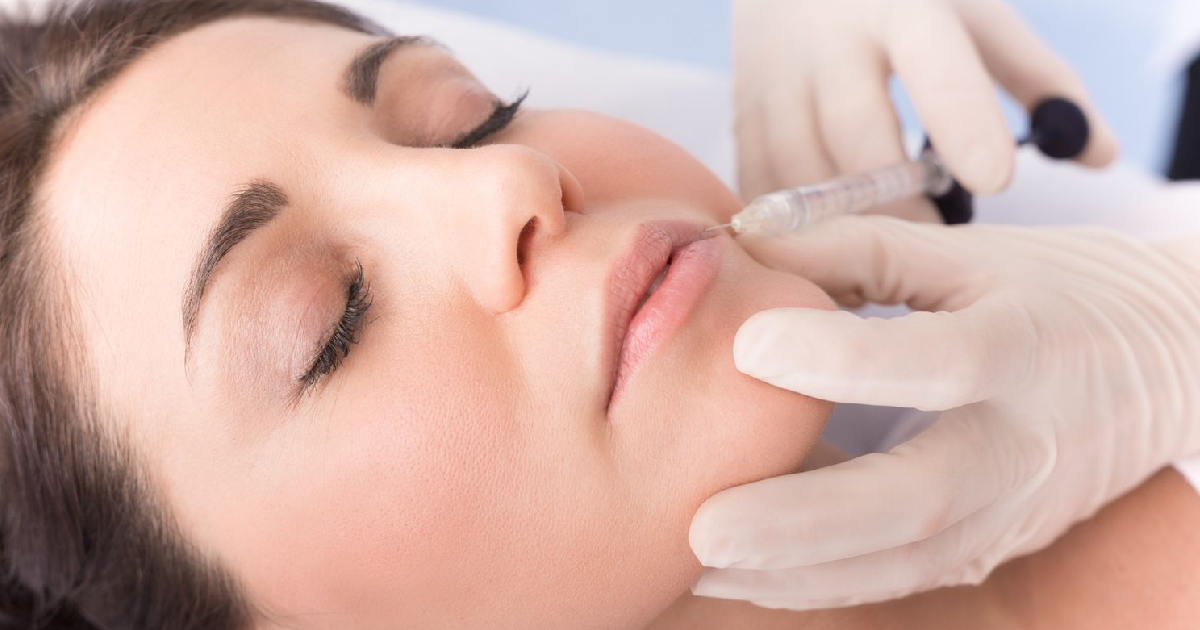Table of Contents
Aging is a natural part of life, and it often comes with visible changes to the skin, including fine lines and wrinkles. For those looking to maintain a youthful appearance, various anti-aging treatments are available, with wrinkle relaxers among the most popular options. But how do wrinkle relaxers compare to other anti-aging treatments? This blog will explore the effectiveness of wrinkle relaxers versus other standard therapies, helping you determine which option is best for your needs.
What Are Wrinkle Relaxers?
Wrinkle relaxers are injectable treatments that temporarily relax the muscles that cause wrinkles and fine lines, particularly on the forehead, around the eyes (crow’s feet), and between the eyebrows. The most common brands of wrinkle relaxers include Botox®, Dysport®, and Xeomin®. These injectables are designed to reduce the appearance of dynamic wrinkles that form due to repeated muscle movements, such as frowning or squinting.
The treatment works by blocking nerve signals to the targeted muscles, preventing them from contracting and thus smoothing out the skin. The results typically last 3-6 months, after which patients may require additional treatments to maintain the effect.
Benefits of Wrinkle Relaxers
- Quick procedure, often completed within 10-15 minutes.
- Minimal to no downtime.
- Effective for dynamic wrinkles.
- Non-surgical option for a youthful appearance.
Wrinkle Relaxers vs. Dermal Fillers
While wrinkle relaxers target muscle movement, dermal fillers focus on restoring lost volume in the face. Fillers like Juvederm® and Restylane® are made of substances like hyaluronic acid, which are naturally found in the skin. They are used to plump areas such as the cheeks, lips, and under the eyes, where volume loss due to aging can make the skin look saggy or hollow.
Comparison:
- Purpose: Wrinkle relaxers reduce the appearance of dynamic wrinkles, while dermal fillers restore volume to areas that have lost fullness.
- Treatment Areas: Wrinkle relaxers are best for lines caused by muscle movement, while dermal fillers are ideal for adding volume and smoothing deeper, static wrinkles.
- Results: Results from wrinkle relaxers typically last 3-6 months, whereas fillers can last anywhere from 6-18 months, depending on the type of filler used.
In short, wrinkle relaxers are more suitable for reducing expression lines, while dermal fillers address volume loss. Many patients opt for a combination of both treatments for comprehensive facial rejuvenation.
Wrinkle Relaxers vs. Chemical Peels
Another well-liked anti-aging procedure is a chemical peel, which involves applying a chemical solution to the skin, which causes it to exfoliate and finally peel off. This procedure minimizes the appearance of wrinkles, fine lines, and other flaws by exposing fresh, smoother skin underneath.
Comparison:
- Purpose: Wrinkle relaxers treat wrinkles by relaxing the muscles, whereas chemical peels remove the outer layers of skin to improve texture and reduce signs of aging.
- Treatment Areas: Chemical peels are typically used on the face but can also be applied to the neck and hands to improve skin tone and texture.
- Downtime: While wrinkle relaxers require little to no downtime, chemical peels, depending on their strength, may require the skin to heal for a few days to a week.
- Results: Results from chemical peels can last for several months, depending on the peel’s depth and the patient’s skin type.
Overall, chemical peels offer more comprehensive skin rejuvenation, but wrinkle relaxers provide a quicker, more targeted approach to wrinkle reduction without downtime.
Wrinkle Relaxers vs. Microneedling
Using small needles to inflict tiny punctures on the skin’s surface carefully, microneedling is a minimally invasive procedure. This encourages the synthesis of collagen and elastin, two vital proteins that give skin its firmness and elasticity, and triggers the body’s natural healing reaction.
Comparison:
- Purpose: Wrinkle relaxers target muscle movement to reduce wrinkles while microneedling boosts collagen production to improve skin texture and elasticity.
- Treatment Areas: Microneedling is effective for fine lines, wrinkles, and overall skin texture and can be used on various face and body areas.
- Downtime: Both treatments have minimal downtime, though microneedling may cause redness and minor swelling for a day or two.
- Results: Results from microneedling can take a few weeks to become visible, as collagen production takes time. However, the results can be long-lasting, especially with multiple sessions.
While microneedling is excellent for overall skin improvement, wrinkle relaxers specifically address wrinkles caused by muscle movement and provide more immediate results.
Wrinkle Relaxers vs. Laser Skin Resurfacing
Laser skin resurfacing is a more intensive anti-aging treatment that uses concentrated beams of light to remove layers of skin. This process helps reduce wrinkles, age spots, and acne scars while tightening the skin.
Comparison:
- Purpose: Laser skin resurfacing targets the outer layers of skin, promoting the growth of new, healthier skin, while wrinkle relaxers focus on muscle relaxation to smooth dynamic wrinkles.
- Treatment Areas: Laser treatments can be used on the face, neck, chest, and hands, providing comprehensive skin rejuvenation.
- Downtime: Laser skin resurfacing typically involves more downtime than wrinkle relaxers, with some patients experiencing redness and peeling for up to a week.
- Results: Laser treatments often produce more dramatic results and can last several years, depending on the type of laser used.
Laser skin resurfacing is ideal for patients looking for significant skin rejuvenation but requires more downtime and an extended recovery period. Wrinkle relaxers, on the other hand, offer a more targeted, quick fix for dynamic wrinkles.
Wrinkle Relaxers vs. Topical Anti-Aging Creams
Topical anti-aging creams and serums are widely available and can effectively improve the skin’s appearance over time. These cosmetics frequently include retinoids, peptides, and antioxidants, which help encourage the creation of collagen and lessen the visibility of wrinkles and fine lines.
Comparison:
- Purpose: Wrinkle relaxers work by relaxing muscles that cause wrinkles, while topical creams work to improve skin texture and hydration.
- Results: While wrinkle relaxers offer immediate and noticeable results, the effects of topical creams are typically more subtle and take longer to become apparent.
- Commitment: Anti-aging creams require daily application to maintain results, whereas wrinkle relaxers require periodic touch-ups every few months.
Topical creams are a great way to maintain healthy skin, but wrinkle relaxers offer faster, more noticeable wrinkle reduction.
Which Anti-Aging Treatment is Right for You?
Choosing the proper anti-aging treatment depends on your unique skin concerns and desired outcomes. Wrinkle relaxers offer a quick solution for reducing dynamic wrinkles with minimal downtime. Other treatments like dermal fillers, chemical peels, and laser resurfacing may be more appropriate for addressing deeper wrinkles, volume loss, or overall skin texture.
Ultimately, the best way to determine which treatment is proper for you is to consult a qualified provider. At Transformations Wellness Spa, our experienced team can help you decide whether wrinkle relaxers or another anti-aging treatment is the best option for your needs. Contact Transformations Wellness Spa today to schedule your consultation and take the first step toward achieving smoother, more youthful-looking skin!





